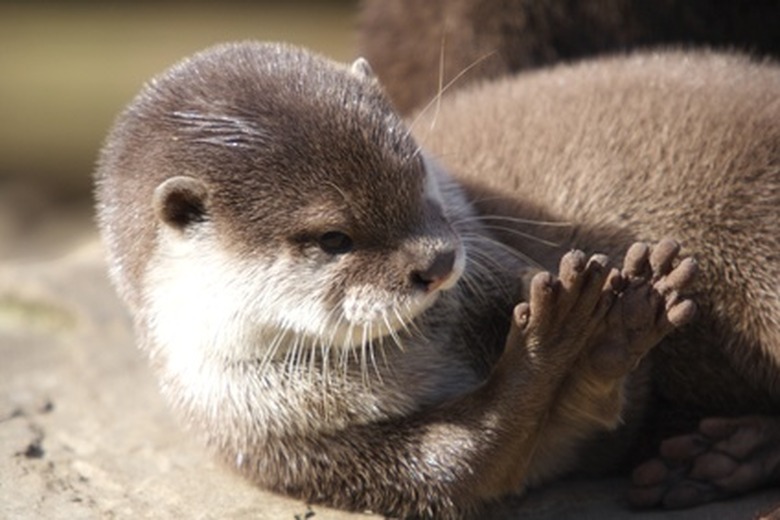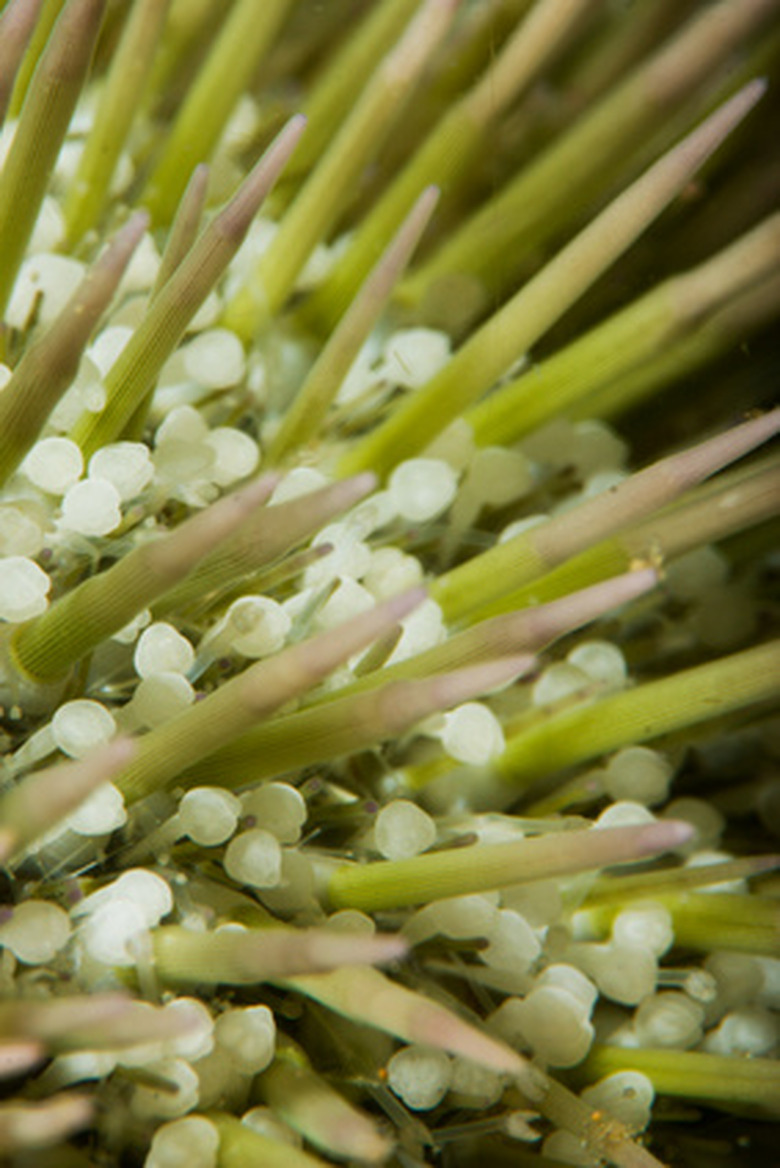Ocean Plants In The Sunlight Zone
The sunlight zone of the ocean is the most ripe with both plant and animal life. Reaching to a depth of 650 feet, the sunlight zone is penetrated by enough sunlight that plants can conduct the life processes necessary to grow and thrive. Many areas of the sunlight zone have a murky, cloudy appearance, and this is because of the myriad organisms both microscopic and visible to the naked eye that inhabit this zone.
Giant Kelp
Giant Kelp
Giant kelp is a type of seaweed that grows in a unique and breathtaking underwater formation. These ecosystems are called kelp forests because they are structurally similar to land forests. This kelp is only found in a very specific area, along the rocky California coastline. It requires cool, nutrient-rich waters to grow. Water must be clear, and areas where there is a constant upswelling from the nutrient-rich depths are particularly well-suited to kelp forests. Growing in water up to 90 feet deep, giant kelp has structures called holdfasts that allow it to anchor itself to the rocks along the coast. Along the body of the plant are series of bladders that help keep the kelp floating in an upright position.
Creatures from fish to microscopic organisms use giant kelp for shelter and food. Supplying one of the staple diets of the sea otter, giant kelp is also a food source for birds.
Bull Kelp
Bull Kelp
Bull kelp is the second species of kelp that, along with giant kelp, makes up the underwater kelp forests of the West Coast. Growing up to 100 feet in length, bull kelp can grow up to 10 inches in a single day. An annual plant, bull kelp reproduces via spores that develop into the full plant in a single growing season. Also found in the kelp forests of the California coasts, bull kelp also thrives in cold, nutrient-rich water. It floats with the help of an air chamber that runs the length of the strand, ending in an air chamber at the top of the plant.
Bull kelp is another food source for the sea otters of the coast, who eat the urchins that live in the kelp forests. The urchins eat the bull kelp, and these three organisms create a system of checks and balances that keep the ecosystem intact.
Sea Lettuce
Sea Lettuce
Sea lettuce is a form of alga that grows in ocean waters up to 75 feet deep. It gets its name from is leafy green appearance and the garden vegetable that it resembles. It can attach itself to rocks with holdfasts similar to those of the giant kelp, but is also found free-floating in the ocean waters. Growing in clumps that are anywhere from 6 inches to 2 feet in diameter, the sea lettuce loses its green color and turns white or black if it gets dried out. It can thrive in nutrient-poor waters and tolerate levels of water pollution that many other plants can't. In fact, high populations of sea lettuce are often found in areas with high pollution levels.
It can provide shelter for fish and other small animals and is used in a number of products from ice cream to medicines.
Cite This Article
MLA
Durkee, Debra. "Ocean Plants In The Sunlight Zone" sciencing.com, https://www.sciencing.com/ocean-plants-in-the-sunlight-zone-12413139/. 22 November 2019.
APA
Durkee, Debra. (2019, November 22). Ocean Plants In The Sunlight Zone. sciencing.com. Retrieved from https://www.sciencing.com/ocean-plants-in-the-sunlight-zone-12413139/
Chicago
Durkee, Debra. Ocean Plants In The Sunlight Zone last modified March 24, 2022. https://www.sciencing.com/ocean-plants-in-the-sunlight-zone-12413139/



